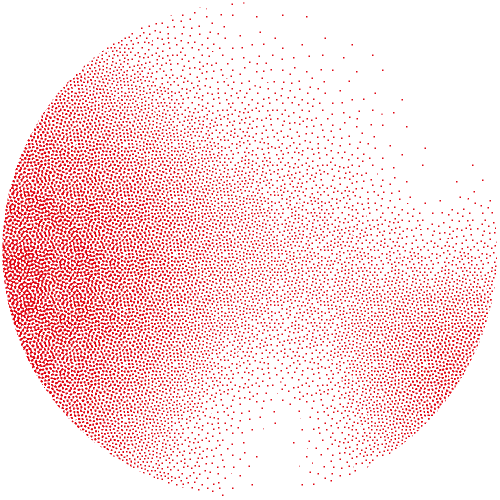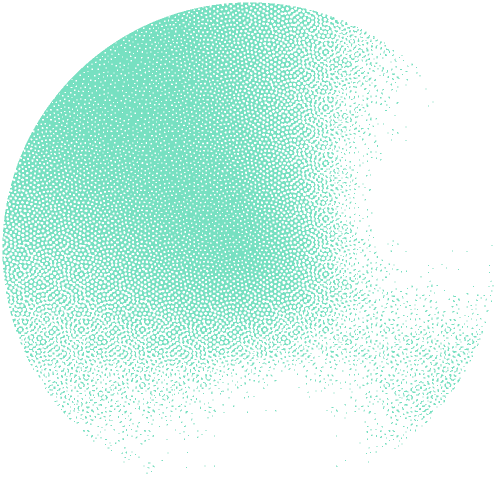ATGCCGGAATTGGCACATAACAAGTACTGCCTCGGTCCTTAAGCTGTATTGCACCATATGACGGATGCCGGAATTGGCACATAACAAGTAC
TGCCTCGGTCCTTAAGCTGTATTGCACCATATGACGGATGCCGGAATTGGCACATAACAACGGTCCTTAAGCTGTATTGCACCATATGACG
GATGCCGGAATTGGCACATAACAAGTACTGCCTCGGTCCTTAAGCTGTATTTCGGTCCTTAAGCTGTATTCCTTAACAACGGTCCTTAAGG
ATGCCGGAATTGGCACATAACAAGTACTGCCTCGGTCCTTAAGCTGTATTGCACCATATGACGGATGCCGGAATTGGCACATAACAAGTAC
TGCCTCGGTCCTTAAGCTGTATTGCACCATATGACGGATGCCGGAATTGGCACATAACAACGGTCCTTAAGCTGTATTGCACCATATGACG
GATGCCGGAATTGGCACATAACAAGTACTGCCTCGGTCCTTAAGCTGTATTTCGGTCCTTAAGCTGTATTCCTTAACAACGGTCCTTAAGG


Our group aims to understand how cells integrate genetic, epigenetic, and environmental information to make decisions that determine health or disease. We are particularly interested in how the bone marrow stem cell niche and the immune system adapt—or become dysregulated—in cancer and autoimmune diseases.
We combine deep molecular profiling with advanced computational modeling to uncover the principles governing cellular identity and plasticity. By integrating single-cell multiomics (RNA, chromatin, and spatial data) with predictive computational frameworks, we generate mechanistic hypotheses that we test in experimental models using genetic perturbations and cutting-edge imaging approaches such as spatial transcriptomics and high-resolution microscopy.
Through this interdisciplinary approach, we strive to bridge basic and clinical research, advancing our understanding of how cellular ecosystems malfunction in disease and how they might be reprogrammed for therapeutic benefit.
